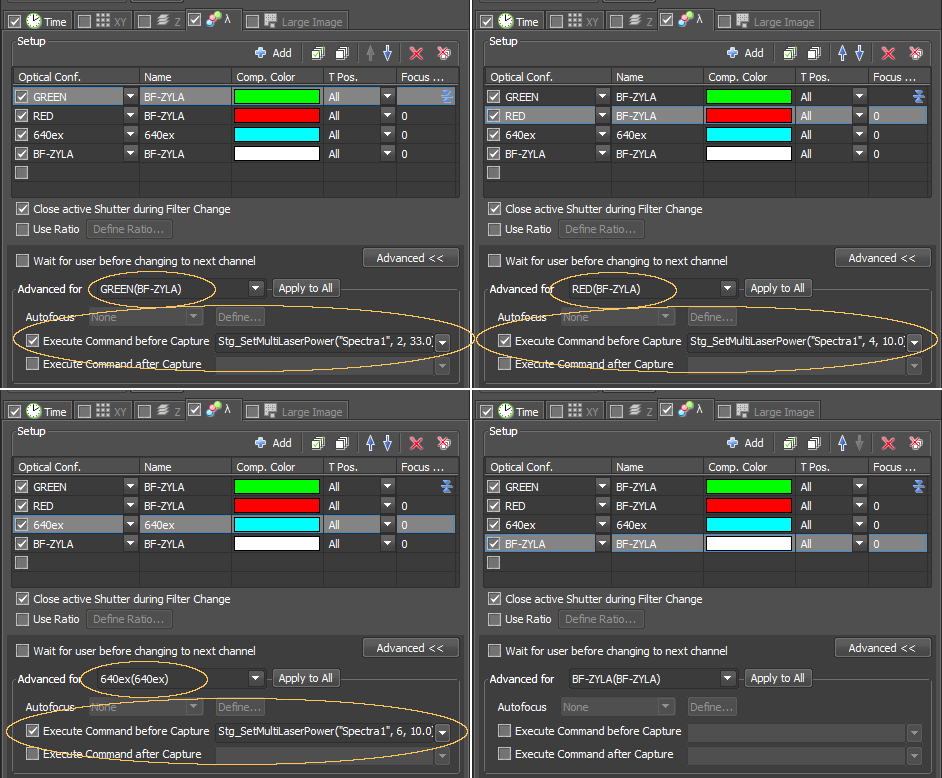Nikon Eclipse Ti microscope
Skirball 2nd floor room 063
Ideal for:
- Widefield fluorescence microscopy including long time lapse with multiple fields of view. Also, high speed movies with extra wide field of view.
- Ratio FRET (Förster Resonance Energy Transfer). Using separate color LEDs for excitation and independently addressable filters for emission, ratio FRET can be done on both live and fixed material.
This microscope is for widefield fluorescence, brightfield with a grayscale camera, and phase contrast. It has automated focus for Z series, focus stabilzation for time lapse, and precision stage for tiling large areas or repeatably imaging multiple positions. It may be used for live imaging and for fixed samples.
Signup to use microscope. During covid rules of one person per room, must also block out Elyra 7 microscope.
Instructions: [Word doc] [PDF]
A few of the specifications:
- Objectives: Plan Fluor 10x/0.3 Ph1, Plan Apo 20x/0.75 DIC, S Plan Fluor ELWD 40x/0.6 Ph2, Plan Fluor 40x/0.75 DIC, Plan Apo λ 60x/1.4 Oil Ph3 and Apo TIRF 100x/1.49 Oil DIC
- Widefield excitation by LED at 395, 440, 470, 508, 555, and 640 nm. The 555 nm LED emits in a wide spectral range around 555 nm and may be tailored with narrow pass filters.
- Emission filters in front of Zyla camera: 435/26; 475/20; 515/30; 540/21; 495/40; 632/60; 700/75.
- Emission filters in front of second camera port which may be available on request for DU897 camera: 450/50; 525/50; old 595 AF60; 700/75; polarizer.
In August 2021 the original 600/50 was removed and moved to the Z1.Lightsheet. - Filter blocks (dichroics): "TIRF-quad"; 86006 CFP/YFP/dsRED; 86012v2 Dapi/FITC/TxRed/Cy5; SRIC (reflection); 89021 GFP/mCherry.
The 60X planapochromat lens is the most versatile for most high resolution imaging. With the Zyla camera it oversamples (the equivalent of a 100X lens). Phase contrast makes it ideal for cell culture imaging. It should be used with a #1.5 coverglass
The 100X lens is designed for TIRF, but TIRF was decomissioned in later 2019. The lens if best used for imaging where the sample is within a few um of a #1.5 coverglass.
Use this work-around to fix a bug in fluorescence timelapse imaging where the LED power resets to zero.
Manually enter the power needed for each LED.

Old website here for reference: index_prejuly2018.html